I chose to take into consideration the article by Dr. Michele Jacobsen entitled “Teaching in a Participatory Digital World” and the video by Henry Jenkins called “The Influence of Participatory Culture on Education”.
The article and the video really informs future teachers about how the digital world can be used beneficially. Social media is often looked at negatively lately because of the posts that are being put up.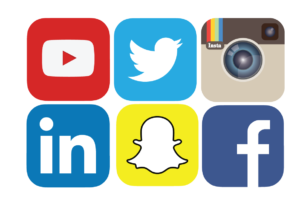 The article talks about that social media platforms are 24/7. This is very true because it is not open certain hours of the day. Whenever something happens, social media is always the number one thing to go to because it will always be there. News broadcasters air certain hours. That being said, an event happens later at night, people post it to social media right away because the news broadcasters have a chance to give the true story. It is all posted online and people see it pop up on their phone and read it. This has happened numerous times with different occasions.
The article talks about that social media platforms are 24/7. This is very true because it is not open certain hours of the day. Whenever something happens, social media is always the number one thing to go to because it will always be there. News broadcasters air certain hours. That being said, an event happens later at night, people post it to social media right away because the news broadcasters have a chance to give the true story. It is all posted online and people see it pop up on their phone and read it. This has happened numerous times with different occasions.
I must say that schools can have a certain control over what is allowed to be viewed at school. They have banned certain social media sites such as Instagram, Facebook, Snapchat etc. but that only comes into play while they are connected to the school Wi-Fi. If they are using their data, then they can be posting about the day all day long. During the first placement that we had, a parent had come up to my associate teacher and discussed that there should be an app for parents to control what can be accessed during the school day. I thought to myself that it would be very beneficial for students if that could be implemented. They are always so distracted throughout the school day that if they could only access certain apps, they would be more focused because they could not get the games or social media apps they want to.
It is always said to have social media used in a positive way and I believe that it can easily be done. Having the Twitter chats in class really opened my eyes on how it can help a classroom. Though some people may not like social media, it is a great way to interact a classroom. It causes the teaching to have to be flexible for the learners that may not want to participate in these activities. You have to be flexible with all learners to be able for them all to benefit from social media.
The ideas and beliefs that made me react to this issue is that is in fact a 24/7 platform and the ways it could be used for teachers. Having it be used positively only is an aspect that needs to change in today’s society. Before engaging with this text, I always believed that teachers did not like using social media for positive aspects. I learned that it can be beneficial for the class but the teacher has to understand the students in order for it to work effectively. The whole text really had something to offer. The beginning really captivated me because again it is 24/7. I never thought about it but that is how social media is always the first to have post about a certain topic because people can post whenever.
The sketchnote that I have created demonstrates the important aspects I have drawn from the article and from the video. Technology has evolved very quickly and has come a long way since it first started. Facebook was very important to teens at one time and that evolved to snapchat and Instagram in the 21st century. What do you think the future has in store for technology and the digital world? As stated above, teachers can definitely benefit from the digital world but in order to do so, they must stay up to date with the updates. Assuring that they only stay on secure networks is very important while introducing the digital world to the students. The one important thing I can add is to always be aware. When you read something, look it up, listen to the news or even search it up to find a more reliable source.
Data is always collected during the searches. Not only then but when you are speaking to your friends, the phone will hear you and provide you ads that coincide your conversation. The last thing I can leave you with that I put on my sketchnote is to make sure you only put up positive posts. Make social media what it is supposed to be used for such as connecting with distant family, making blogs for school, using it as a class, and informing others of positive news.
The experience of creating this artifact connected me to the text because as I was doing the sketchnote, and throughout it, everything I was putting down made me reflect on my social media and what I want it to be used for. I recently changed my Twitter for it to be used to reflect my teaching practices and experience throughout teachers college. This made me more cautious of how I want my social media to reflect me. How do you use your social media?


 teacher, so there was no issue of data tracking and being available to the open world. After reading this text, and seeing how useful this type of behaviour strategy can be, I prefer doing this type of class tracking non-digitally so that it completely avoids the issue of privacy concerns and data tracking, though I understand it is a lot more work for teachers to keep track of all their students manually, and not as easy for parents to have access to their child progress.
teacher, so there was no issue of data tracking and being available to the open world. After reading this text, and seeing how useful this type of behaviour strategy can be, I prefer doing this type of class tracking non-digitally so that it completely avoids the issue of privacy concerns and data tracking, though I understand it is a lot more work for teachers to keep track of all their students manually, and not as easy for parents to have access to their child progress.
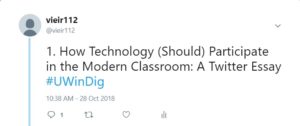
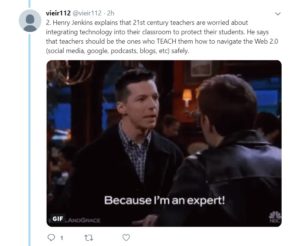
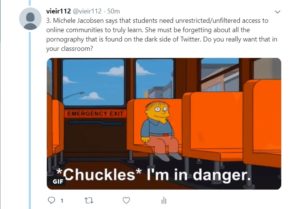
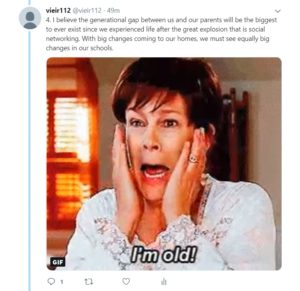
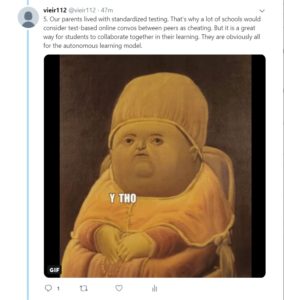
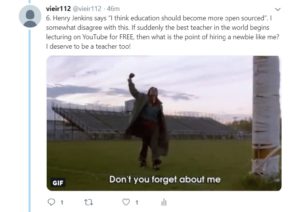
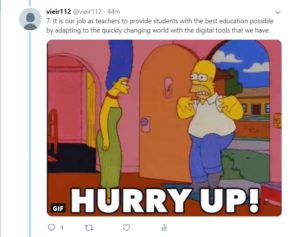
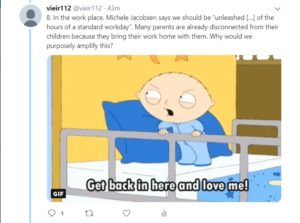
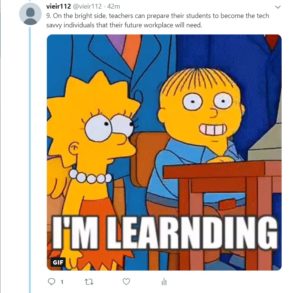
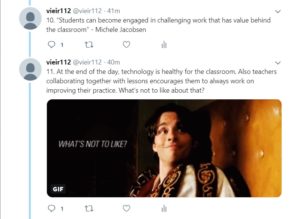
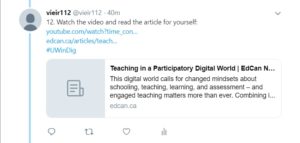

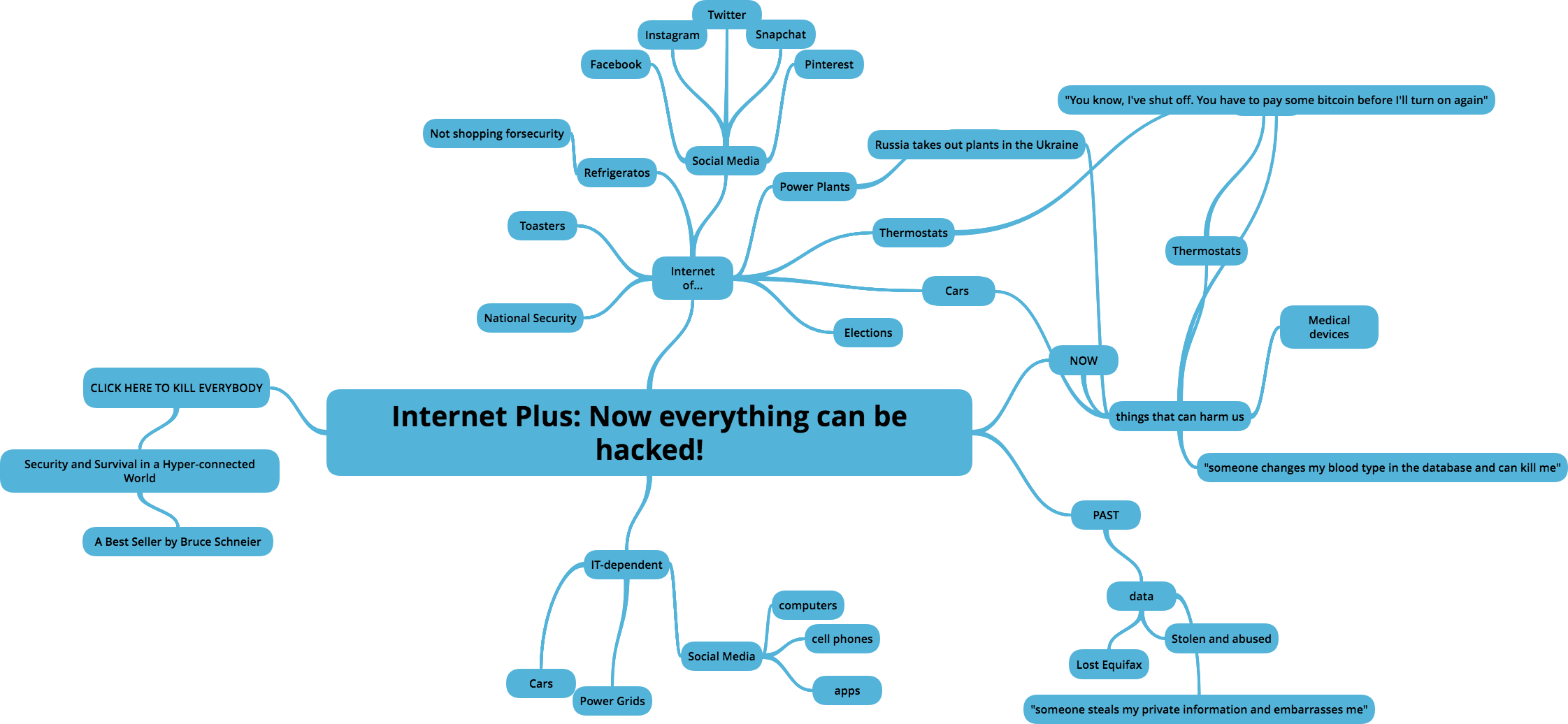
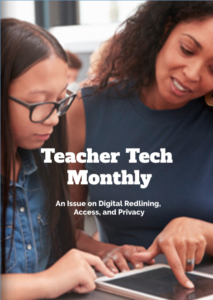
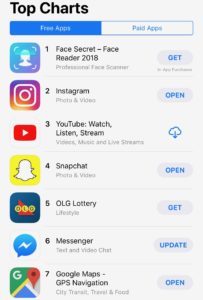 experienced due to recent sandals. While Facebook has been experiencing a decline, it still manages to have 2.23 billion monthly users. Facebook owns many other social media platforms such as WhatsApp, Instagram and Messenger which has helped them overcome their recent struggles as seen in Apple’s rankings of most popular free applications. Over the recent
experienced due to recent sandals. While Facebook has been experiencing a decline, it still manages to have 2.23 billion monthly users. Facebook owns many other social media platforms such as WhatsApp, Instagram and Messenger which has helped them overcome their recent struggles as seen in Apple’s rankings of most popular free applications. Over the recent incorporated into WhatsApp and Messenger as another source of income in order to help save Facebook.
incorporated into WhatsApp and Messenger as another source of income in order to help save Facebook.
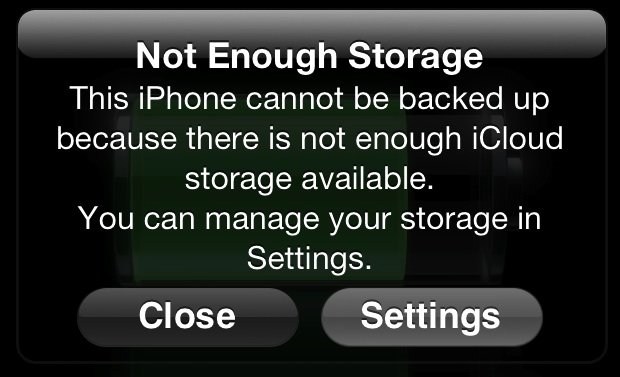 feature because iCloud doesn’t have the capacity to hold all of my pictures and I’m too cheap to pay for extra storage in all honesty. The text forced me to be more critical and think about what I am posting on social media because I now know that my photos aren’t only seen by me and that others may have access to them as well. Overall, I still enjoy using Facebook and being able to interact with friends and family through one simple click or like and I will think twice about posting something on Facebook in the future.
feature because iCloud doesn’t have the capacity to hold all of my pictures and I’m too cheap to pay for extra storage in all honesty. The text forced me to be more critical and think about what I am posting on social media because I now know that my photos aren’t only seen by me and that others may have access to them as well. Overall, I still enjoy using Facebook and being able to interact with friends and family through one simple click or like and I will think twice about posting something on Facebook in the future.